best sealer for tongue and groove mahogany?
cluelessdave
14 years ago
Related Stories
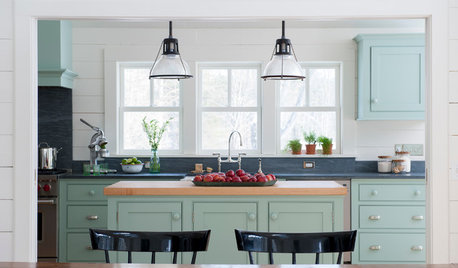
KITCHEN OF THE WEEKKitchen of the Week: Casual Farmhouse Looks, Pro-Style Amenities
Appliances worthy of a trained chef meet laid-back country charm in a Connecticut kitchen and pantry
Full Story
MATERIALSWhat to Ask Before Choosing a Hardwood Floor
We give you the details on cost, installation, wood varieties and more to help you pick the right hardwood flooring
Full Story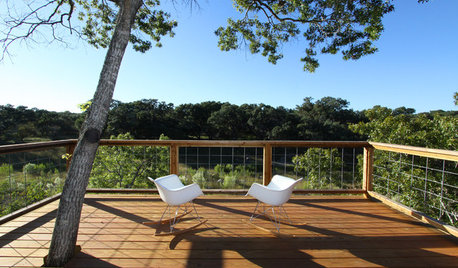
GREAT HOME PROJECTSHow to Refinish a Wood Deck
Keep your deck looking its best — and save feet from splinters — by applying a new stain and sealant every year or so
Full Story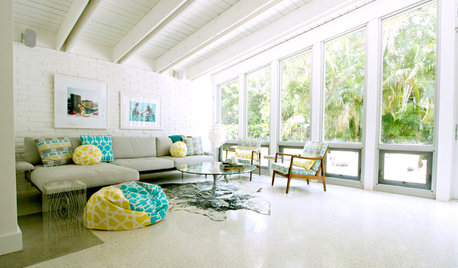
DECORATING GUIDESDesign Debate: Should You Ever Paint a Wood Ceiling White?
In week 2 of our debate series, designers go head to head over how classic wood ceilings should be handled in modern times
Full Story
PAINTINGKnotty to Nice: Painted Wood Paneling Lightens a Room's Look
Children ran from the scary dark walls in this spare room, but white paint and new flooring put fears and style travesties to rest
Full Story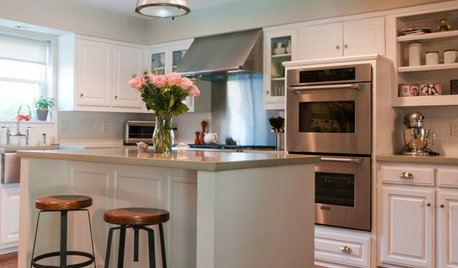
KITCHEN DESIGNShow Us Your Fabulous DIY Kitchen
Did you do a great job when you did it yourself? We want to see and hear about it
Full Story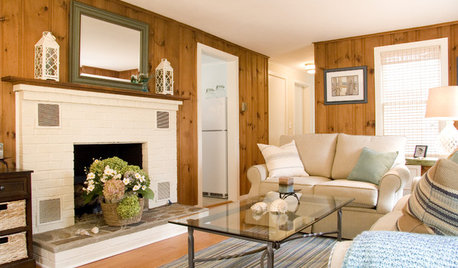
WALL TREATMENTSThese Are Not Your Grandfather’s Pine Walls
The knotty look went from popular to pariah in years past, but today’s designers are finding new and stylish ways to embrace it
Full Story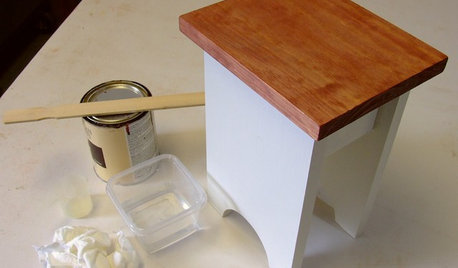
DIY PROJECTSCool Tip: Mimic Stain With a DIY Color Wash
Get the look of an oil-based stain without all the bother, using this easy wash made with paint
Full Story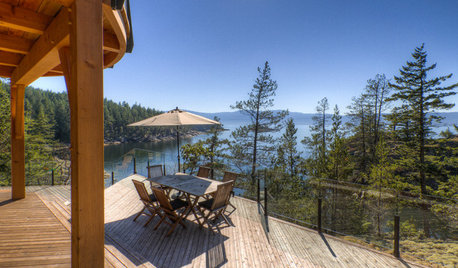
DECKSDecking Materials Beyond Basic Lumber
Learn about softwoods, tropical hardwoods, composites and more for decks, including pros, cons and costs
Full Story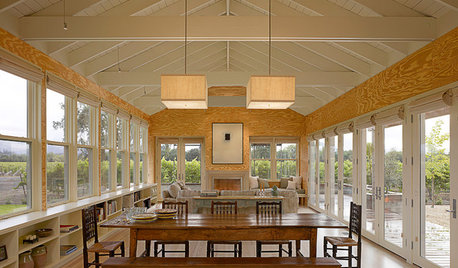
ARCHITECTUREDesign Workshop: The Beauty of Humble Materials
Discover the appeal of budget-friendly plywood, concrete and other modest surfaces
Full Story





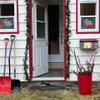
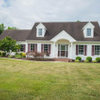


john_hyatt
cluelessdaveOriginal Author
Related Professionals
Gaithersburg Decks, Patios & Outdoor Enclosures · New Albany Decks, Patios & Outdoor Enclosures · Riverside Decks, Patios & Outdoor Enclosures · Westfield Decks, Patios & Outdoor Enclosures · Beavercreek Home Builders · West Whittier-Los Nietos Home Builders · Adelphi Flooring Contractors · Athens Flooring Contractors · East Brunswick Flooring Contractors · Lynden Flooring Contractors · Owings Mills Flooring Contractors · Saco Siding & Exteriors · Tigard Siding & Exteriors · Wilmington Siding & Exteriors · North Adams Siding & Exteriorsjohn_hyatt
cluelessdaveOriginal Author
john_hyatt
cluelessdaveOriginal Author
john_hyatt
cluelessdaveOriginal Author
john_hyatt
cluelessdaveOriginal Author
derekbertrand
john_hyatt